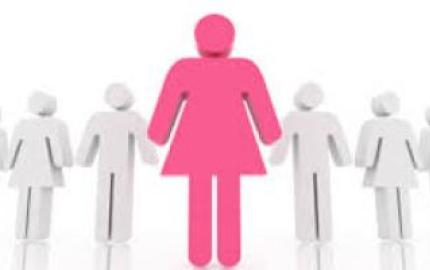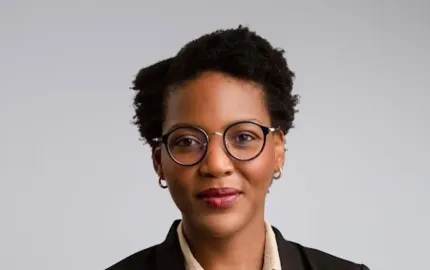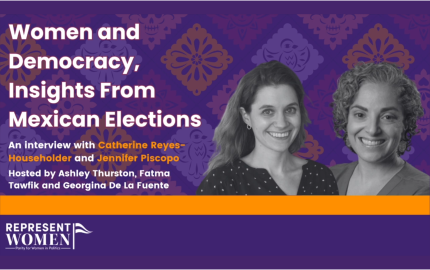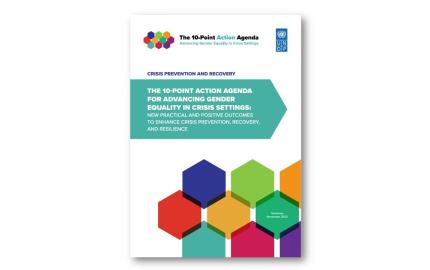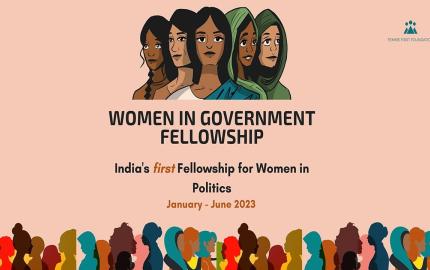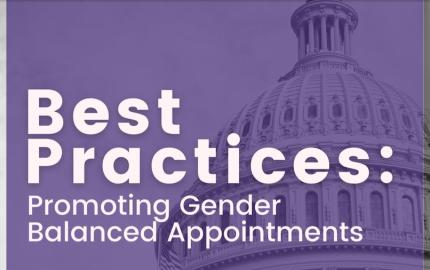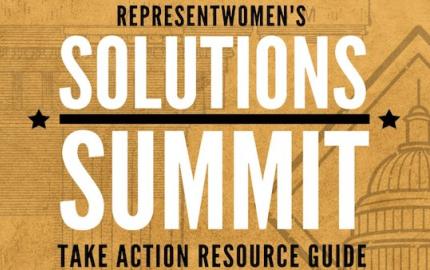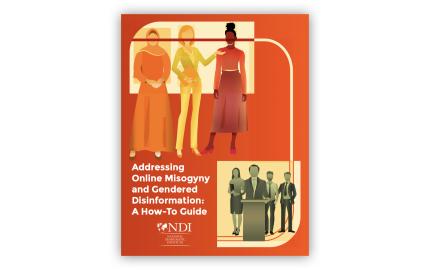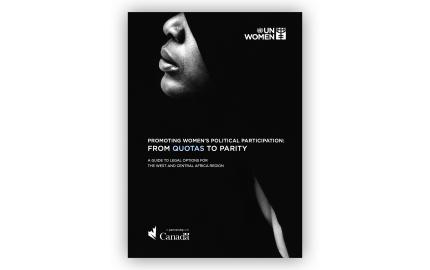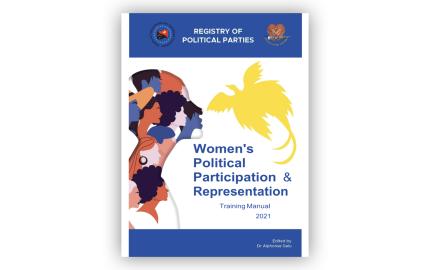Women's Leadership
Main navigation
“Increasing the proportion of women in public institutions makes them more representative, increases innovation, improves decision-making and benefits whole societies” - António Guterres, United Nations Secretary-General, Message on International Women’s Day 2017
Background
In 2015, governments unanimously endorsed the 2030 Sustainable Development Agenda and, through its Goal 16 on “promoting just, peaceful and inclusive societies” and Goal 5 on “ensuring gender equality and women’s empowerment,” recognized the role of gender equality and inclusive public administration and institutions in achieving more peaceful, prosperous, equal and sustainable societies.
Public administration refers to the aggregate state-funded machinery, including agencies, policies and services, in charge of the management and implementation of laws, regulations and decisions of the government. It enables countries to implement national policies and programmes and is essential in driving sustainable development[1].
In many countries, public institutions continue to be male-dominated and patriarchal, perpetuating harmful, and sometimes violent, attitudes and practices. Although there is no global baseline on women’s participation in public administration, existing research from UNDP shows that women are under-represented, especially in leadership and decision-making roles. The available data suggests that women make up on average 45% of public administration, yet there is high variation of women’s participation across countries, ranging from 3% to 77%. The overall share of women in public administration is highest, on average, in OECD countries (55.1%), and lowest in the Arab States (35.9%). However, when looking at the share of women in decision-making positions in public administration, the highest average share is found in Latin America and the Caribbean (43.4%) and the lowest in Africa (25.1%). Moreover, just 20% of countries have reached parity (50%) in the share of women in decision-making positions of public administration[2].
Diversity, including equal access of women to leadership roles, is not only the right thing to do but also the most productive. A recent UNDP and McKinsey study found that female participation in public administration and in decision-making roles is positively correlated with economic development as well as gender equality in society. It also suggests that women’s equal participation and leadership creates conducive environment for a better and more effective government. These findings are reinforced by another recent report by the Wilson Center that concludes: “where there are more women in power, there is better governance, and where there is good governance, there are more women in power.”
Objective
This e-Discussion is a forum to promote a dialogue on the role of women in public administration and decision-making and exchange knowledge and good practices on ways to increase and strengthen women’s participation in public administration and decision-making and ensure public institutions are safe and free of sexual harassment and gender-based violence. Please join the e-Discussion from 28 March to 19 April 2019. Women and men in politics and in public administration, national and local government representatives, civil society activists, experts, practitioners, and academia are invited to contribute with their experiences by answering to one or more of the below questions. The submissions will contribute to the elaboration of a Consolidated Reply that will augment the knowledge base available on the topic.
Questions
- Data is essential in identifying trends and shape targeted and effective policy responses. What is the level of women’s participation in public administration in your country? What about women in senior management positions in public institutions?
- There are many barriers to women’s full and equal participation in public administration and leadership. For example, women in public administration often face sexual harassment and gender-based violence[3]. Do women in public administration in your country face sexual harassment and/or gender-based violence? What are other barriers hindering women’s equal participation in leadership and decision-making roles in your country?
- What can be done to increase the equal and full participation of women, including young women, in public administration at all levels? What can be done to ensure public administration is free from sexual harassment and gender-based violence? Please share examples of good practices.
- Have women in public administration in your country used their position to advance sustainable development and peace? Please share examples.
To contribute
- Use the below comment section below.
- Send your contribution to connect@iknowpolitics.org so that we can post it on your behalf.
_____________________________________________________
[1] Public Administration Reform: Practice Note. UNDP, 2004.
[2] GEPA Initiative Database. UNDP and University of Pittsburgh, 2019.
[3] A recent report by the Inter-Parliamentary Union and the Parliamentary Assembly of the Council of Europe revealed an alarming amount of sexual and psychological harassment/bullying targeting female staff of parliaments in Europe. 40.5% of those interviewed said that they had suffered acts of sexual harassment in their work and 50% had received comments of a sexual nature.
Over the last decade, iKNOW Politics has spoken with many women leaders around the world about the challenges they face in political life. Women interviewed often speak openly about the difficulties of combining a political career with family responsibilities, and in particular, the frequent travel required to meet with constituents or attend parliamentary sessions and committee meetings, usually held away from the family home, in the capital. This travel necessarily involves leaving family members – young or old – in the care of others, such as partners, parents and professional carers (e.g. nannies, child care workers, nurses, respite careers).
Some women politicians also expressed concern for their family members who become endangered when as MPs they are seen to be “too outspoken” on sensitive issues.
In this discussion, we want to hear about good practices in improving work/life balance for women and men MPs, and parliamentary staff who can also work the same long hours as MPs and who frequently travel with MPs in support of committee meetings.
Measures to encourage work/life balance
• What measures have MPs personally put in place to balance work and family responsibilities?
• What measures have been put in place by the political workplace (be it the parliament, the local council, the government department/ministry) to ensure work/life balance?
Transforming social norms and gender stereotypes
• What attitudinal barriers do women face in trying to balance work and family?
• Do men face the same attitudinal barriers?
• What good practices are evident in transforming social norms and gender stereotypes about women’s role in public life?
The impact of work/life balance on the political career
• What are the research findings on the impact of work/life balance on political careers of women?
• Is work/life balance a consideration for both men and women when deciding to embark on a political career? Why or why not?
Welcome to the circle on Young Women and Political Leadership. In this circle, iKNOW Politics members are invited to share their ideas and experiences about the participation of young women in politics and public life. It would be interesting to hear what iKNOW Politics members think are are the main obstacles for young women to participate in politics? Are there any effective measures to overcome such barriers and to engage more young women in politics?

